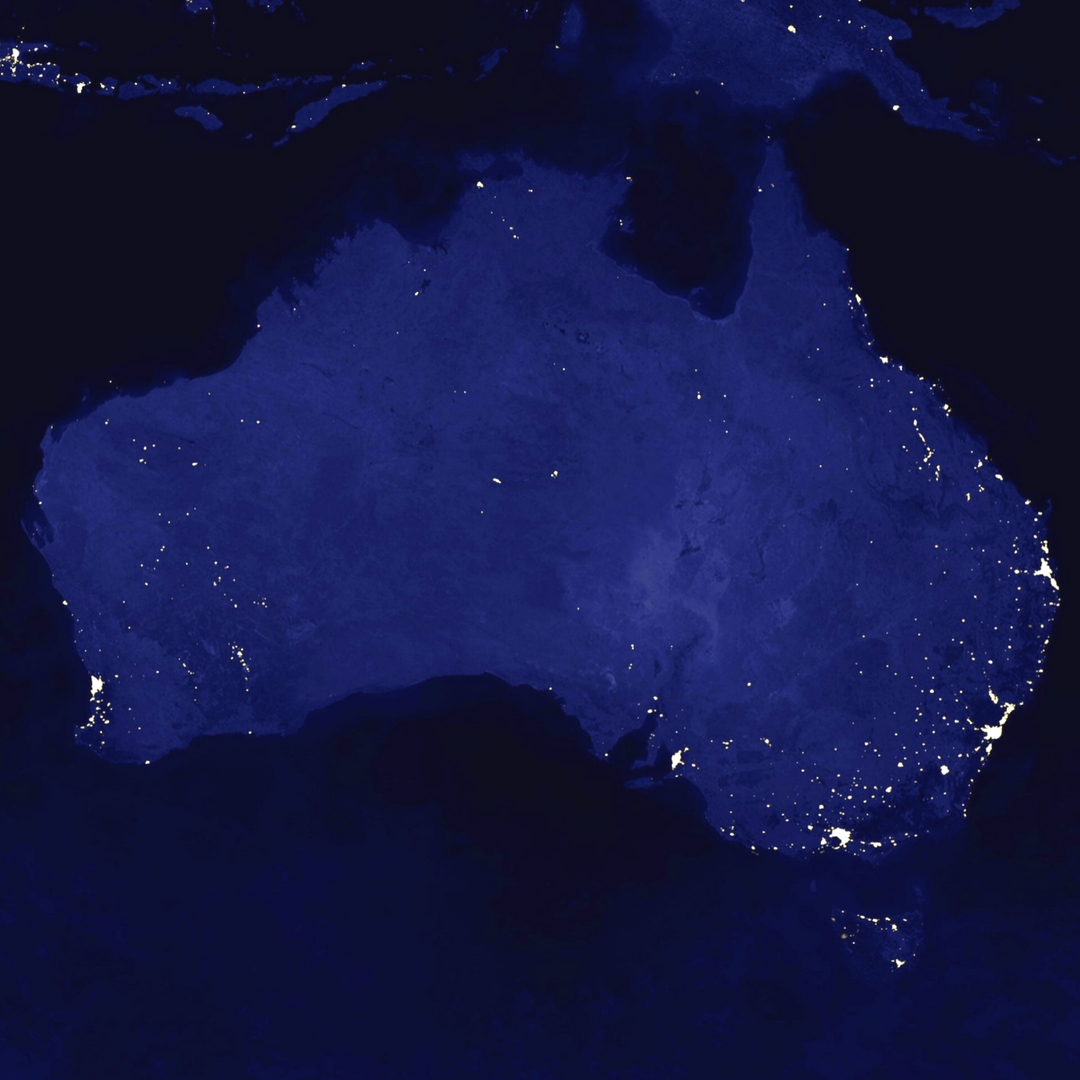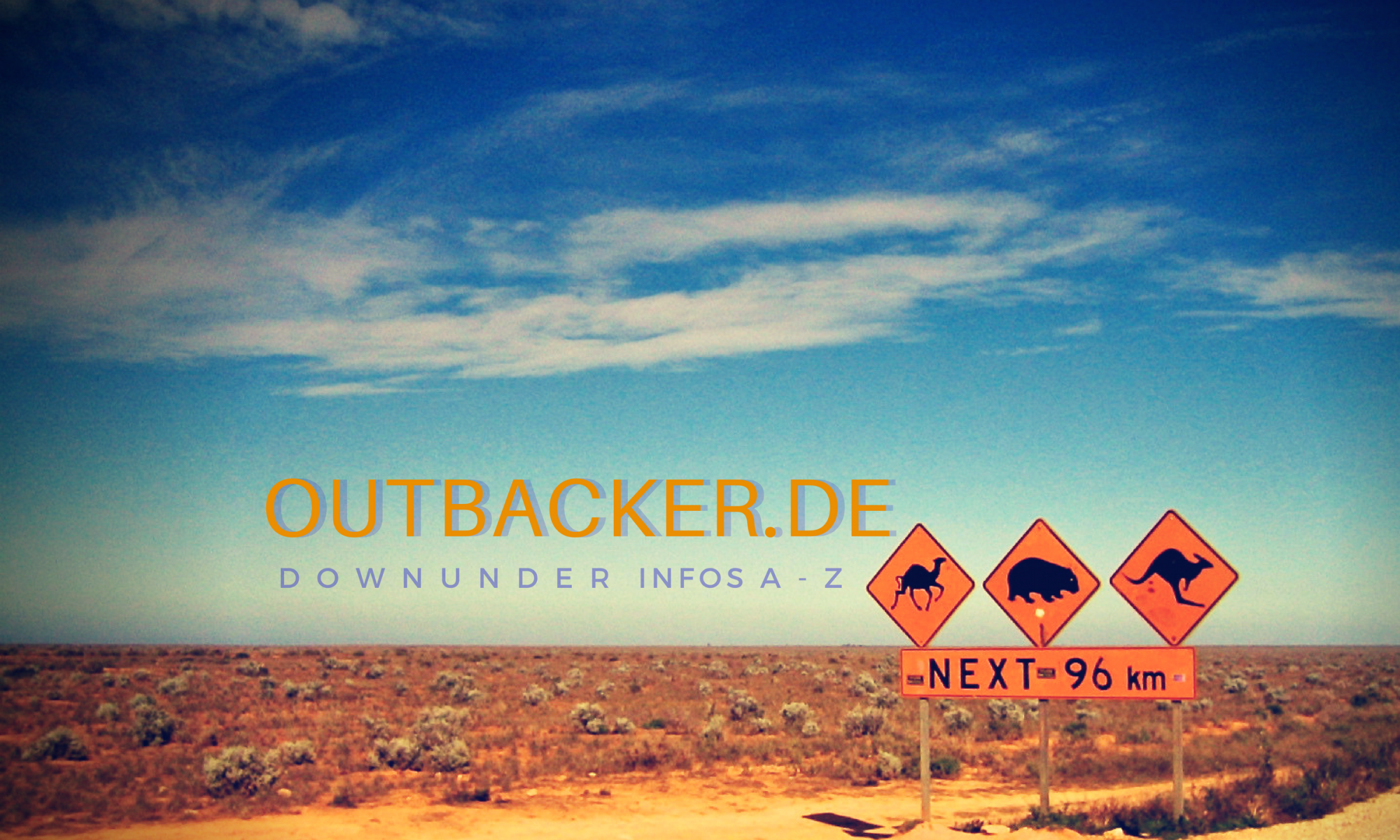Australia
AUSTRALIA
Australia, The Red Continent or also referred to as The Fifth Continent. Australia makes people dream and think of burning sun, crocodiles, bouncing Kangaroos, red sand and a trip of a lifetime…
With 7 692 024 square kilometers or 2969907 square miles landmass, Australia is larger than the United States and bigger than Europe. Its impressive dimensions aside, Australia fascinates people with its unique wildlife and very diverse fauna.

Urbanisation
Australia has one of the highest rates of urbanization. So the majority of the approximately 24 million ‘Aussies’ live in the metropolises on the east coast. The cities of Sydney, Melbourne, and Brisbane continue to grow rapidly. Perth and Adelaide grow rather moderately. The capital Canberra, in the state called Australian Capital District, is home to only 360,000 people.
Economy
Economically, Australia is heavily dependent on mining, and therefore the demand for coal, gas, oil, iron ore, bauxite, gold, and uranium. So Australia is heavily connected to the demand and growth in China and India. Other major sectors are the agriculture and thus the export of cattle and food. The construction industry, as well as tourism and education, are further important economic sectors.
Language
Australians speak ‘Australian English’, which is grammatically based on Brittish English. The pronunciation and emphasis vary regarding the region and Australians do speak a lot of slang. But it has to be mentioned that there are very many traditional languages of Australia. Check this map to understand how many Aboriginal languages are spoken in Australia.
Population
The Aborigines are indigenous to Australia, also referred to as ‘The Traditional Owners of the Land’. The Aboriginal populate Australia for more than 40 thousand years. The colonization and immigration of Europeans and later Asians began in 1871 with the arrival of James Cook.
Today’s Australia is a melting pot of cultures with immigrants from all over the world.
Infrastructure
Infrastructure in Australia is a challenge because of the long distances. The distance between Sydney and Perth is nothing less than 3290 km / 2044 miles, from Melbourne to Darwin it is 3184 km / 1978 miles (beeline). No wonder that flying is the most preferred method of transport for the Australian. Only very few Australians are taking the train as Australia doesn’t have any high-speed train. The road network of the East-Coast, as well as the Southern Coast line is well developed and maintained. This is a different story up in the North where the majority of the roads are not sealed and in the wet-season often times impossible to pass.
The electric network runs on 230 Volts and 50 Hertz.
